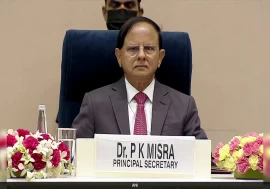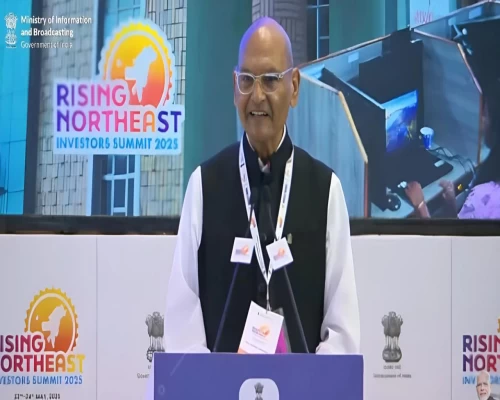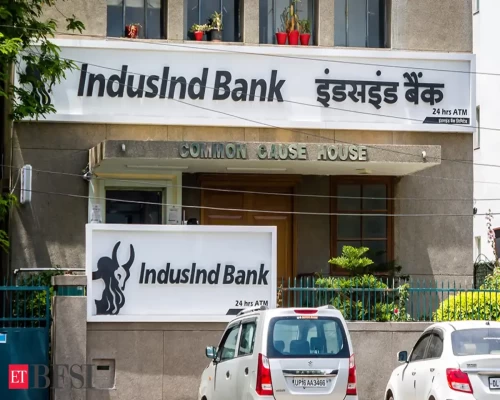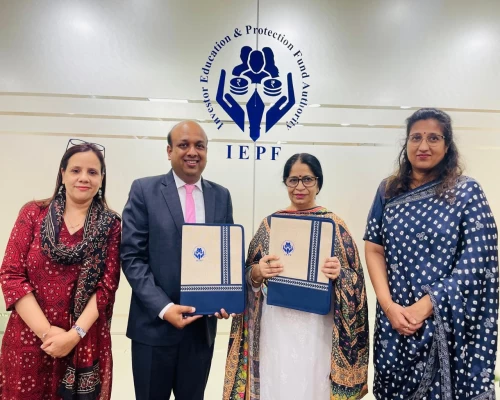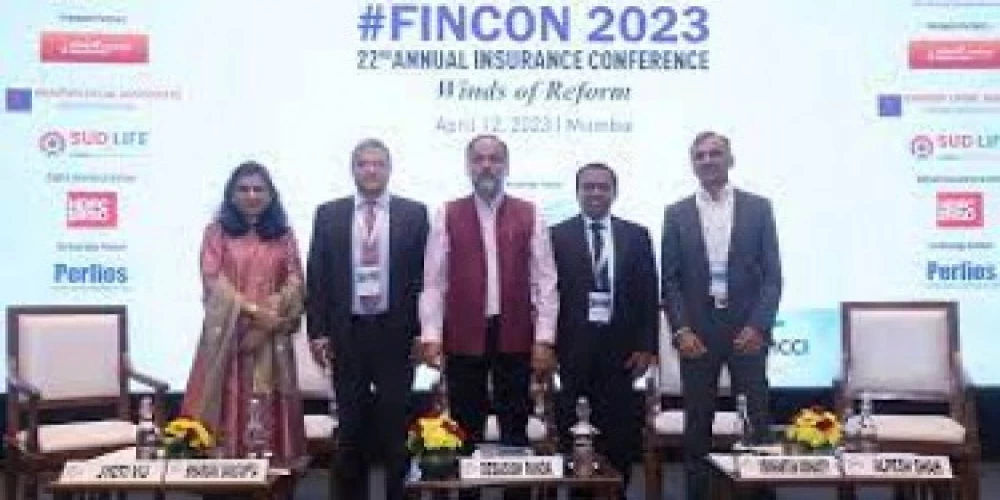
Mumbai: Insurance Regulatory and Development Authority of India (IRDAI) chairman Debashish Panda has called upon all stakeholders to come together to help achieve the nation’s aspiration of providing insurance to every person in India by the year 2047, which marks 100 years of our Independence. He was delivering the inaugural address at FINCON 2023, the 22nd annual insurance conference organized by Federation of Indian Chambers of Commerce and Industry (FICCI) here recently.
While the insurance industry in India is more than 20 years old with a total premium of more than Rs 10 lakh crore and an AUM of Rs 59 lakh crores in FY 2023, the industry had registered 16 per cent growth in both life and non-life products in February 2023. Calling upon the gathering that comprised representatives of all major insurance companies to help in driving penetration, he said: “This is a big responsibility which lies with you.”
Panda informed that in the recent past, three new insurance companies had been commissioned, two in life and one in general. He added that the new set of regulations are making the insurance sector more attractive for investors and promoters and that insurance companies should also look at augmenting their own capital. He pointed out that the regulatory and supervisory framework is moving to a risk-based framework and switching over to international financial reporting standards to help the industry, companies and the regulator to have a real time risk profile.
Siddhartha Mohanty, MD and In-Charge, Life Insurance Corporation of India, said: “The last three years had been quite challenging for all of us,” he said, referring to the pandemic and the lockdown. “Today the world acknowledges the leadership in the way this challenge was handled in India. It gives us direction to march in a focused manner towards our goal of ‘insurance for all’ by 2047,” he added.
Mohanty noted that by 2047 India’s population is projected to reach 2.64 billion which will make it the world’s most populous nation. “We are already in a critical phase and have to make use of this opportunity,” he stated. According to him, areas of concern are the need to improve penetration and to achieve greater insurance coverage for all customer segments with customer-centric products. “The journey will be challenging and exciting,” he averred.
Ritesh Kumar, MD and CEO, HDFC ERGO General Insurance Company Ltd, highlighted some of the challenges that needed to be addressed. “More than 45 per cent of vehicles on the road do not have third party insurance,” he said. He drew attention to the fact that as far as health insurance is concerned, the top and bottom segments of the population are well covered, but there remains the ‘missing middle’ comprising 400–500 million people.
Devesh Srivastava, CMD, GIC Re, felt that insurance products need to be very simple. “Distribution is what makes or mars reinsurance,” he pointed out. The need is to have simple, flexible products that can be pushed. He suggested that products can have basic pricing that can be enhanced through the same KYC as the customer’s purchasing power improves. “We have to start thinking in these terms,” he said.
Speaking about state-level insurance plans, Satyajit Tripathy, CMD, United India Insurance Company Ltd, observed that all penetration in the hinterlands is driven by Government schemes. It is very advantageous for insurance companies to use the Government machinery. The awareness about insurance is low in the rural areas. “People in cities have awakened to the need for insurance. But it has not percolated beyond that,” he added.
“The group which I come from focuses on the common man,” said Manoj Kumar Jain, MD, Shriram Life Insurance Company Ltd. “We are known for working with the common man, and our premium is one fourth of the average industry premium.” This showed that there is a huge market in tier 3 and tier 4 towns. All of them require insurance, although they are not in the Government’s radar. Mr Jain also pointed out that small town agents are very tech savvy and 90 per cent of their processes are paperless, helping them to maintain their cost ratios. /BI/


